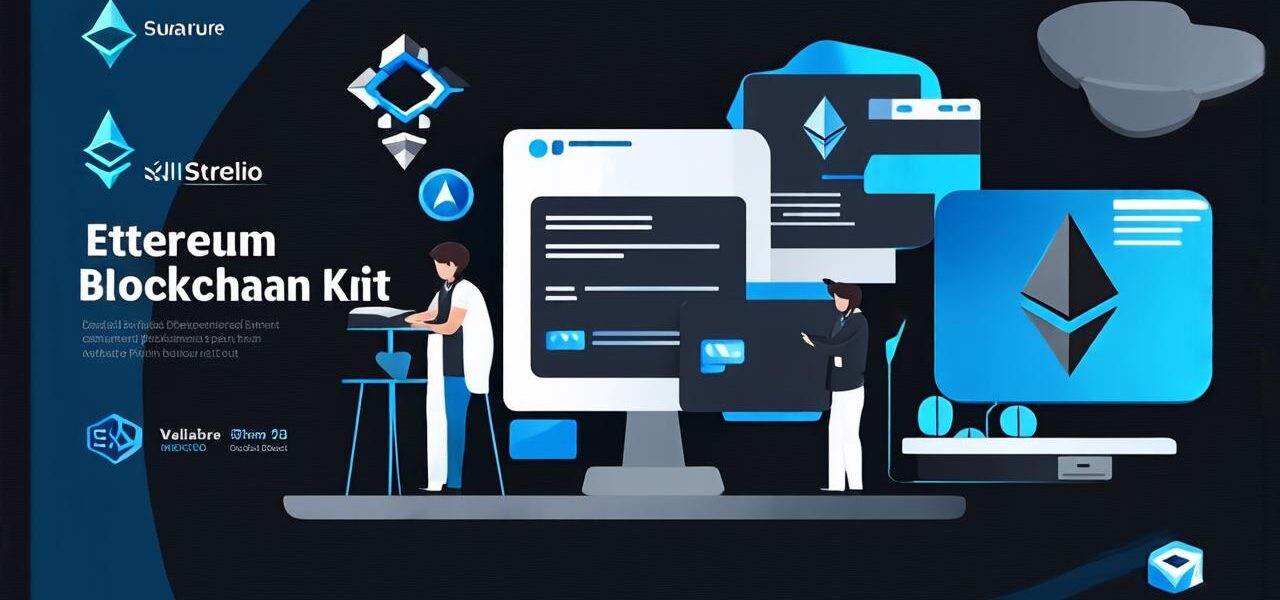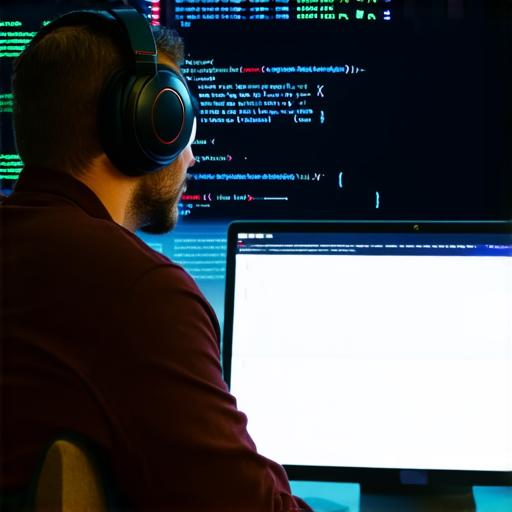
Exploring the Ethereum Blockchain Development Kit for Visual Studio Code
Introduction
As blockchain technology continues to evolve and gain traction in various industries, it’s no surprise that more developers are turning to this innovative technology to build decentralized applications (dApps). However, building a dApp on the Ethereum blockchain can be a complex and daunting task for those who lack experience. To address this challenge, Microsoft has developed a development kit specifically designed for Visual Studio Code that provides a streamlined and user-friendly interface for developing Ethereum applications. In this comprehensive guide, we will explore the features and capabilities of this development kit and provide real-world examples to help you get started on your journey into blockchain development.
Setting Up Your Development Environment
Before diving into Ethereum development, it’s essential to set up a development environment that supports the required tools and libraries. The first step is to install Visual Studio Code, which is a popular open-source code editor that supports a wide range of programming languages and platforms. Once you have installed Visual Studio Code, you can download the Ethereum Development Kit from the Microsoft Marketplace.
Once you have downloaded and installed the development kit, you will need to configure it for your specific use case. This involves setting up an Ethereum wallet, creating a new project, and configuring the development environment with the necessary settings. We recommend using the Truffle suite of tools, which includes a command-line interface and a web-based dashboard that simplifies the process of deploying, testing, and debugging your dApps.
Developing Your First Ethereum Application

Now that you have set up your development environment, it’s time to start building your first Ethereum application. The best way to begin is by familiarizing yourself with the basic concepts of blockchain development, such as smart contracts, gas fees, and cryptographic protocols. We recommend starting with a simple “Hello, World!” dApp that interacts with the Ethereum blockchain using a smart contract.
The first step in creating a smart contract is to define the required functionality and variables. For example, you might create a simple contract that allows users to send and receive Ether (ETH) tokens. Once you have defined the contract, you can use Solidity, the Ethereum programming language, to write the code for your dApp.
Visual Studio Code provides several features that make it easier to develop smart contracts in Solidity. For example, it includes syntax highlighting and error checking, which help you identify and correct mistakes as you go. It also includes a debugger that allows you to step through your code line by line and inspect variables at runtime.
Once you have written your smart contract, you can deploy it to the Ethereum blockchain using Truffle. This involves compiling the contract, creating a transaction to send it to the blockchain, and waiting for confirmation that the transaction was successful. Once your contract is deployed, you can test it using a local blockchain or a testnet, which is a separate network that allows you to experiment with new features and functionality without affecting the main Ethereum network.
Real-World Applications of Ethereum Development
Now that you have developed your first dApp, let’s explore some real-world applications of Ethereum development. One of the most well-known applications of Ethereum is in the world of finance, where it has been used to create decentralized exchanges (DEXs) and other financial instruments. For example, Uniswap is a popular DEX that allows users to trade ETH and other tokens without the need for intermediaries like banks or brokers.
Another area where Ethereum development is gaining traction is in the world of gaming. Ethereum-based games allow players to earn and spend cryptocurrencies, which can be used to purchase in-game items or unlock new levels. One example of an Ethereum-based game is CryptoKitties, which allows users to breed and sell unique digital cats using Ether as currency.
Finally, Ethereum development has also found a place in the world of supply chain management. By creating a decentralized platform for tracking and verifying the movement of goods, Ethereum-based dApps can help reduce fraud, improve transparency, and increase efficiency in global trade. One example of an Ethereum-based supply chain application is Provenance, which allows users to trace the origin and movement of products using blockchain technology.
FAQs
Q: What programming languages are used for Ethereum development?
A: The primary language used for Ethereum development is Solidity, although developers can also use other languages like JavaScript and Python with the help of tools like Truffle and Remix.
Q: How does gas fees work in Ethereum development?
A: Gas fees are the costs associated with executing smart contracts on the Ethereum blockchain. They are paid in Ether, which is the native currency of the Ethereum network. The amount of gas fees depends on the complexity of the smart contract and the current network congestion.
Q: What is a local blockchain used for in Ethereum development?
A: A local blockchain is a private network that allows developers to test their dApps without interacting with the main Ethereum network. This is useful for experimenting with new features and functionality, as well as testing dApps offline before deploying them to the public network.
Q: Conclusion
In conclusion, developing applications on the Ethereum blockchain can be a challenging but rewarding experience. By using tools like Visual Studio Code and Truffle, developers can create powerful and innovative dApps that harness the power of blockchain technology. As more industries embrace this exciting new technology, we expect to see even more exciting developments in the world of Ethereum development in the years to come.



